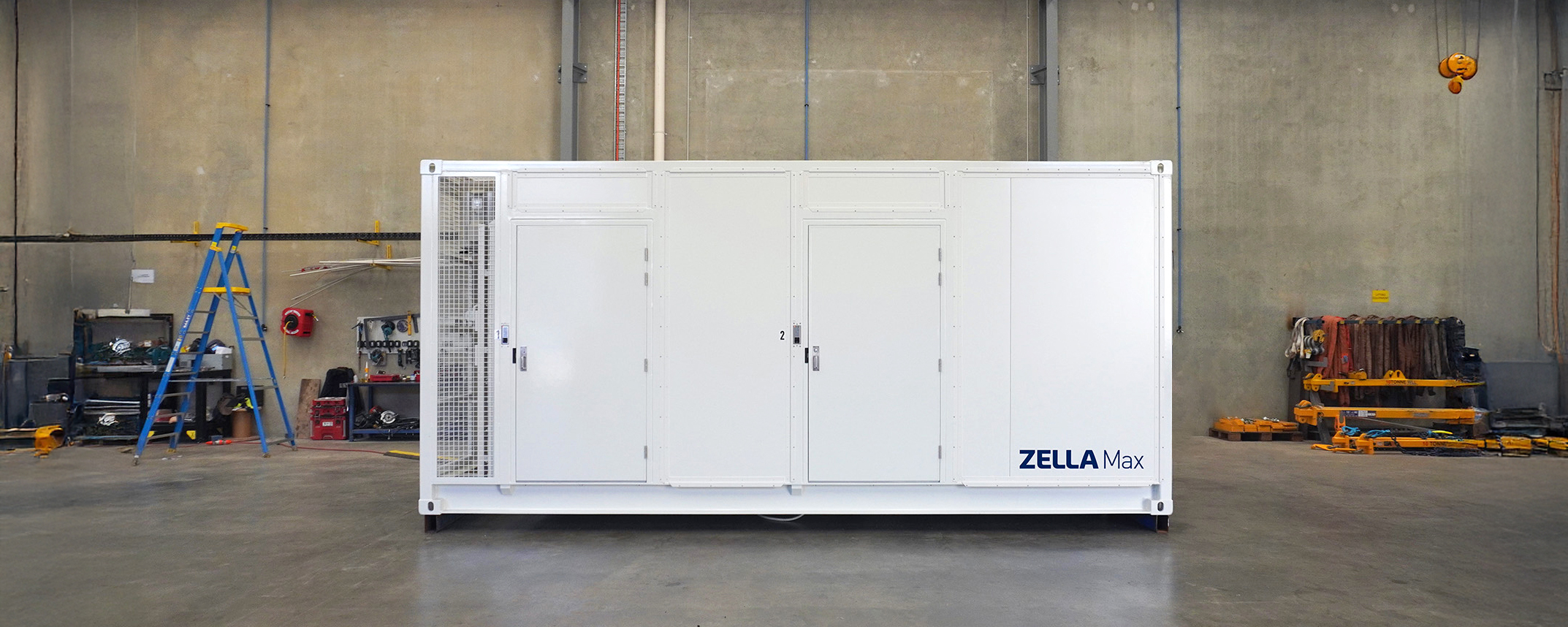As the IoT continues to expand and we become ever more reliant and comfortable with technology, so our data needs increase. The last 10 years of data growth has been fuelled by human need. We stream music and movies, book trips on our phones and check bank balances with fingerprint and facial recognition.
However, a monumental shift is poised to take place. Data generation is set to become driven by machine requirements, as opposed to humans. Smart technology, self-driving cars, drone deliveries, smart sensors, AI and more will churn out reams and reams of data – far more than is currently in use.
This data has been slowly migrating from traditional on-site data centres to the cloud – a central location that can be accessed from anywhere. This huge demand is only set to increase, along with all the storage needs and attributes necessary for seamless function.
However, as demand increases, so too does a need for virtually instant data flow. This has led to the birth of a new concept – that of edge computing. This involves having smaller data centres right next to the data source. In other words, on the edge. These are typically much smaller than the giants that serve the gargantuan cloud needs and are aptly named micro data centres.
The 5G Connection
Alongside these edge computing data centres is the revolution that has yet to take place: that of 5G. Let’s take a look at what this is set to bring.
- 5G will allow us to connect up to a million devices per square kilometre
Once the infrastructure is in place, 5G will allow millions of devices to communicate. This will include sensors, such as those that monitor our individual power requirements, water use and even our health. Industry will take advantage of remote management of a multitude of tasks, from supply chains to quality control. - 5G allows for much faster data transfer
Typically up to 100 times faster than we experience today.
This is all extremely exciting. So where do edge data micro centres fit in?
Data flow currently relies on the speed at which data can flow back and forth. With a central server this utilises bandwidth and takes time for the data to reach the user (known as latency). Time lags exist today with the amount of data we consume. Certain data-heavy applications are particularly susceptible to delays due to this.
This is only set to increase as we advance. For example, a self-driving car will generate around 40 terabytes of data in an 8 hour session. So the need for a faster method of data flow is essential.
The answer is edge computing and 5G. The use of edge data centres not only removes the latency as data flows to and from a central source, but they also require less power and space. Both of these are valuable commodities as the human race strives to reduce its impact on the planet.
On The Edge: The future of 5G micro data centres
The rise of micro data centres with the power of 5G is set for an unprecedented rise. Much as broadband revolutionised our use of all things online, so this combination is set to change our horizon in an incredible manner.
Telecom is one industry that’s leading the way – mainly due to having the infrastructure and properties available to build the necessary structures. Taking advantage of edge computing and micro data centres will be something every industry will eventually embrace. From the smallest of cottage industry to mighty corporations, the positive implications of edge computing and 5G are yet to be fully appreciated – yet are set to be as monumental as the industrial revolution was in the 19th century.
Zella DC are ahead of the game when it comes to advanced micro data centres, with Zella Hut being an ideal solution for 5G deployment. Technology is advancing at its most rapid rate ever, making it essential that companies are prepared.
Get in touch to find out more about our solutions for the telecommunications industry.






